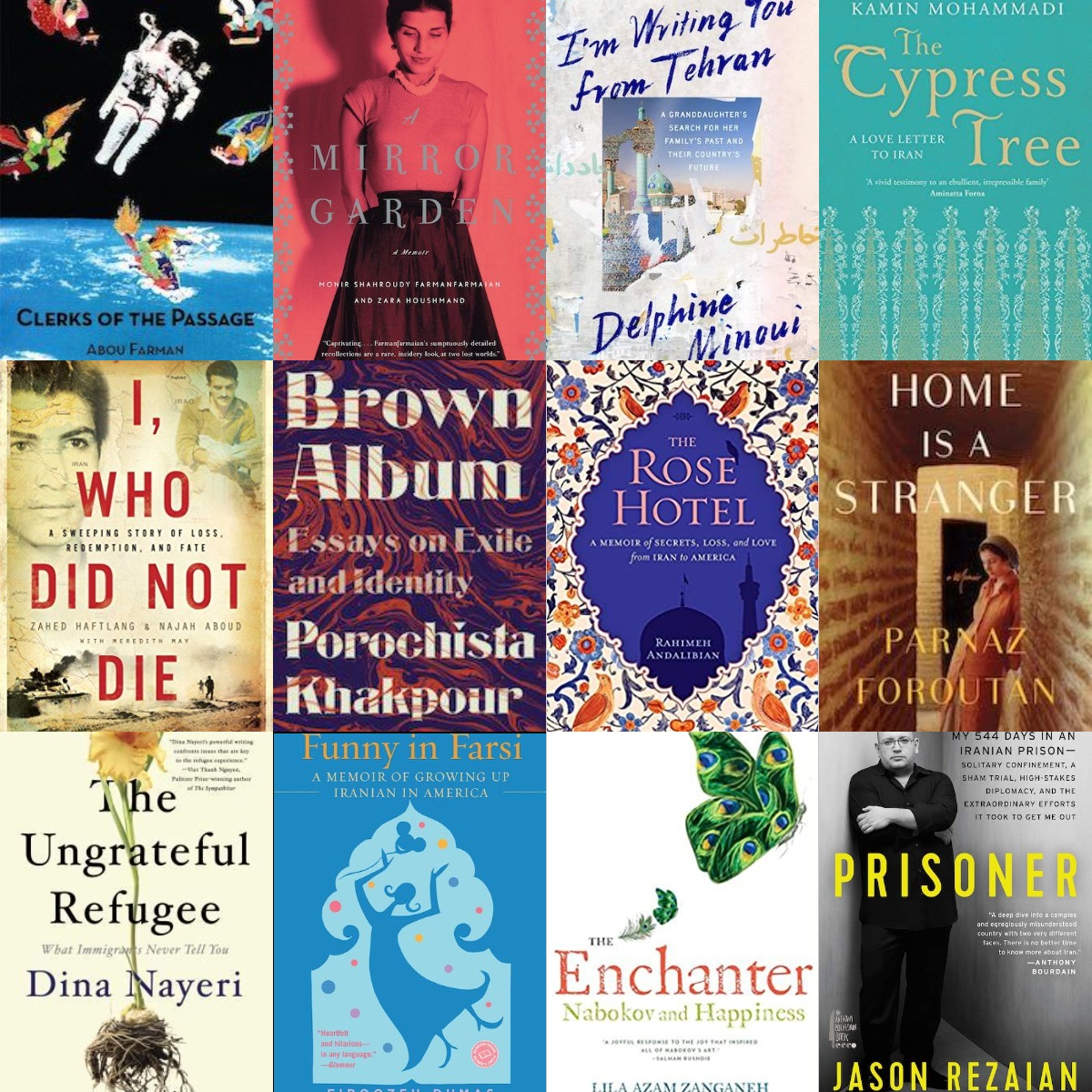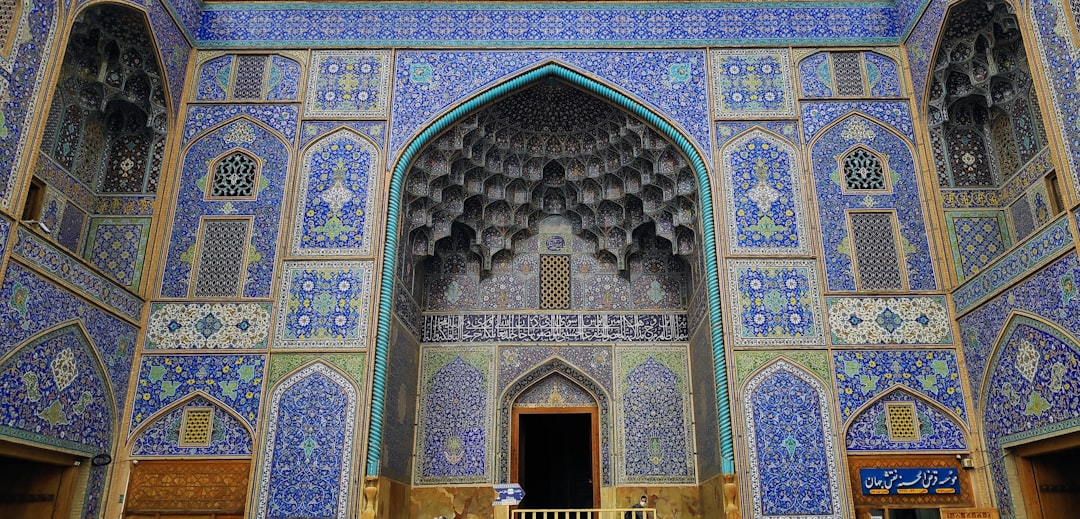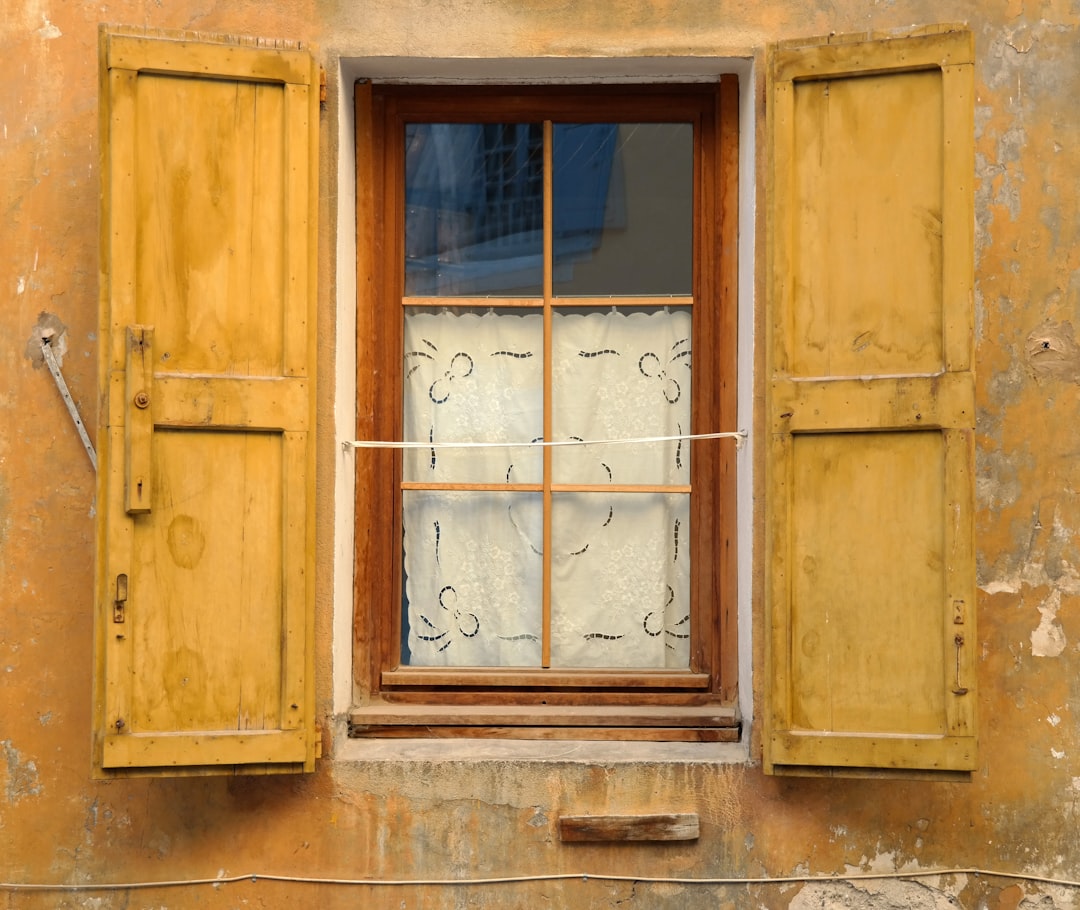Persian literature, long celebrated for its dazzling poetry, began a bold new chapter in the 20th century: the era of the modern Persian novel. This evolution marked not only a stylistic transformation but also a profound cultural shift, as prose fiction became a medium for exploring identity, politics, and modernity in a rapidly changing Iran. It all began, most notably, with Mohammad Ali Jamalzadeh, whose groundbreaking collection Yeki Bud Yeki Nabud ("Once Upon a Time", 1921) is widely regarded as the birth of modern Persian prose fiction.
Jamalzadeh and the Break with Tradition
Before Jamalzadeh, Persian prose was largely confined to ornate historical chronicles, moral treatises, and translations. Narrative storytelling in prose existed—especially in classical works like Kalila wa Dimna or Bakhtiyar-nama—but the modern short story and novel, with their realism and psychological depth, had no strong native precedent.
Jamalzadeh’s stories stood out for several reasons:
-
Use of everyday language: He favored colloquial Persian over the florid classical style, making literature accessible to a wider audience.
-
Satirical realism: His stories critiqued bureaucracy, tradition, and intellectual pretensions, reflecting influences from European Enlightenment and social realism.
-
Moral ambiguity: Unlike classical literature, his characters weren’t idealized heroes or villains—they were flawed, conflicted, and relatable.
Yeki Bud Yeki Nabud set the tone for a literature that would examine society critically, reflecting the tensions of modern life in Iran.
Sadegh Hedayat and Literary Modernism
While Jamalzadeh opened the door, it was Sadegh Hedayat who gave Persian prose its dark, modernist soul. His 1937 novella The Blind Owl (Buf-e Kur) is a haunting meditation on isolation, madness, and existential despair, often compared to the works of Kafka and Poe.
Hedayat’s innovations include:
-
Stream-of-consciousness narration, delving into the subconscious mind;
-
Symbolism and surreal imagery, blending Persian mysticism with Western modernist aesthetics;
-
Psychological depth, exploring themes of alienation, love, and death with poetic intensity.
The Blind Owl remains a landmark of Persian fiction and a foundational text for Iranian literary modernism.
Expansion and Experimentation (1940s–1970s)
Following Hedayat, a generation of writers emerged who continued to shape and expand the Persian novel:
Bozorg Alavi
A contemporary of Hedayat, Alavi’s Her Eyes (Chashmhayash, 1952) combined political commentary with psychological realism, telling the story of a love affair entangled in revolutionary struggle.
Simin Daneshvar
The first prominent female novelist in Iran, Daneshvar brought a feminine and domestic perspective to Persian fiction. Her 1969 novel Savushun (translated as A Persian Requiem) explored the impact of occupation and war on a southern Iranian family during WWII. With richly drawn characters and themes of resistance and resilience, it remains one of the most beloved novels in Persian.
Jalal Al-e Ahmad
Best known for his sociopolitical essays (like Gharbzadegi or "Westoxication"), Al-e Ahmad also wrote fiction that critiqued modernity, colonial influence, and moral decline.
Revolution, Censorship, and Diaspora (Post-1979)
The 1979 Islamic Revolution reshaped Iran's cultural and political landscape, and with it, the Persian novel took new turns:
-
Inside Iran, censorship increased, but authors continued to write allegorically or explore personal and domestic themes to navigate restrictions.
-
In exile, Persian fiction flourished in freedom. Writers like Shahrnush Parsipur (Women Without Men), Goli Taraghi, and Reza Baraheni produced bold, experimental works in Paris, Los Angeles, and beyond.
This period saw the rise of the diasporic novel, grappling with exile, memory, identity, and the longing for home.
The Contemporary Scene
Today, Persian novels reflect a diverse array of voices, themes, and styles:
-
Writers inside Iran like Mahsa Mohebali (Don’t Worry) bring gritty, contemporary realism to stories of youth, addiction, and urban survival.
-
Authors abroad such as Dina Nayeri, Marjan Kamali, and Porochista Khakpour write in English, introducing Persian narratives to global audiences.
-
Themes of gender, identity, trauma, and tradition remain central, but so do experimentation, humor, and genre-blending.
Conclusion: A Vibrant Literary Evolution
From the early realism of Jamalzadeh to the philosophical despair of Hedayat, from the social novels of Daneshvar to the bold voices of today, the modern Persian novel has traveled a long and vibrant path. While poetry may be the soul of Persian literature, the novel has become its searching, questioning mind—always exploring, always evolving.
Whether you're drawn to psychological depth, political critique, or lyrical prose, Persian novels offer a world as rich, layered, and dynamic as the culture they spring from.





